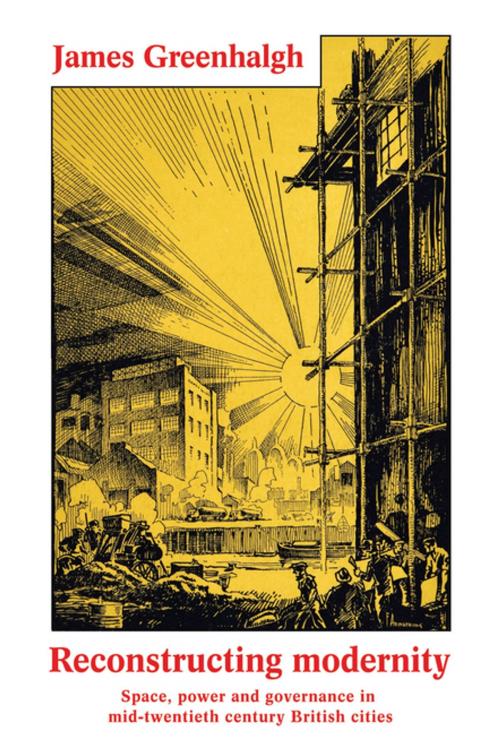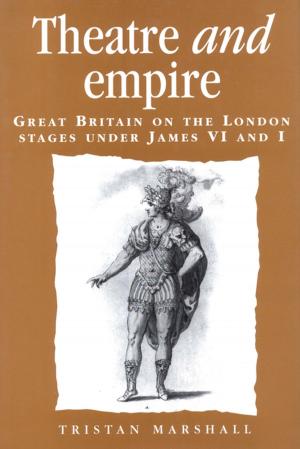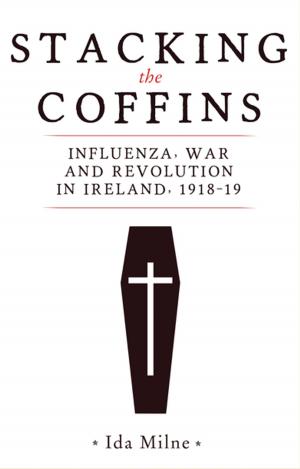Reconstructing modernity
Space, power and governance in mid-twentieth century British cities
Nonfiction, Art & Architecture, Architecture, Science & Nature, Nature, History| Author: | James Greenhalgh | ISBN: | 9781526114174 |
| Publisher: | Manchester University Press | Publication: | March 1, 2018 |
| Imprint: | Manchester University Press | Language: | English |
| Author: | James Greenhalgh |
| ISBN: | 9781526114174 |
| Publisher: | Manchester University Press |
| Publication: | March 1, 2018 |
| Imprint: | Manchester University Press |
| Language: | English |
Reconstructing modernity assesses the character of approaches to rebuilding British cities during the decades after the Second World War. It explores the strategies of spatial governance that sought to restructure society and looks at the cast of characters who shaped these processes. It challenges traditional views of urban modernism and sheds new light on the importance of the immediate post-war for the trajectory of planned urban renewal in twentieth century.
It examines plans and policies designed to produce and govern lived spaces— shopping centers, housing estates, parks, schools and homes — and shows how and why they succeeded or failed. It demonstrates how the material space of the city and how people used and experienced it was crucial in understanding historical change in urban contexts. The book is aimed at those interested in urban modernism, the use of space in town planning, the urban histories of post-war Britain and of social housing.
Reconstructing modernity assesses the character of approaches to rebuilding British cities during the decades after the Second World War. It explores the strategies of spatial governance that sought to restructure society and looks at the cast of characters who shaped these processes. It challenges traditional views of urban modernism and sheds new light on the importance of the immediate post-war for the trajectory of planned urban renewal in twentieth century.
It examines plans and policies designed to produce and govern lived spaces— shopping centers, housing estates, parks, schools and homes — and shows how and why they succeeded or failed. It demonstrates how the material space of the city and how people used and experienced it was crucial in understanding historical change in urban contexts. The book is aimed at those interested in urban modernism, the use of space in town planning, the urban histories of post-war Britain and of social housing.















